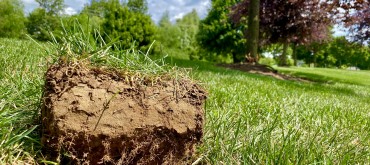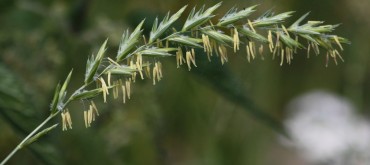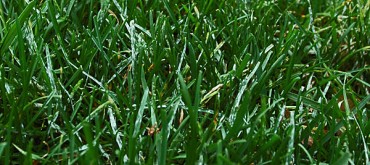As you may have heard us mention before, maintaining your lawn is far from being a static task throughout the year. With the fluctuating weather we have been experiencing this summer here in Ontario, it requires us to adjust our maintenance practises in order to pair well with how the lawn is reacting to its current environmental conditions. Recently we have been experiencing frequent rainfall as a result of warm humid air masses meeting frequent cold fronts. It is these frequent cooling periods that have created a very favourable condition for our cool season lawn’s growth. As a result, you may have noticed a spike in your lawns growth rate over the past few weeks or so. So how should we adjust our cultural practises in a way that pairs well with these spring-like growing conditions, but also keeps our lawns prepared for the lingering hot and humid days expected with this time of year?
Let’s start with mowing your lawn more frequently during the week to ensure it does not get too long, sometimes cutting as often as 3 times every two weeks. Cutting it once it appears too long results in shock to the plants as you are cutting off more than ⅓ of the grass blades. If this occurs, the grass will be triggered to enter a dormant state where it may turn brown as it begins to save the reserves it has left. This process can also be observed if you are mowing a lawn with uneven ground as high spots get cut shorter resulting in some possible browning in those areas. Another temptation you will want to refrain from is lowering your mower blades thinking you will not need to cut it as often. By doing this you will continue to shock the plant as described above and it will leave your lawn in a very vulnerable position if it were to encounter any hot or humid days resulting in further damage.
Cut frequently throughout the week and keep your blades set no lower than 3 inches. By doing so you will be adjusting your maintenance to fit the current environment as well as keeping your lawn prepared for any heat stress it may encounter with the expected weather of late August. Pair this with ensuring your lawn gets 1 inch of water each week (a rain gauge can help with this) and you will continue to maintain (or be on the better path towards) a greener lawn, healthier landscape, and better environment.
If you have any additional questions or concerns involving maintenance strategies and how best to adapt throughout the year please feel free to contact our office!





